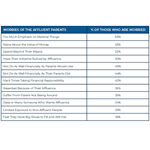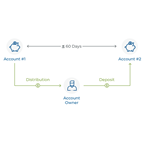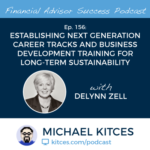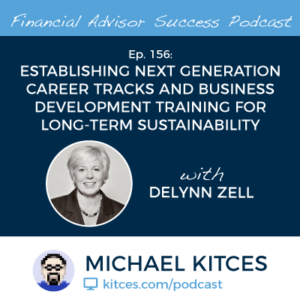Over the years, study after study has shown wealthy families are often worried about passing along their wealth to children, and the risk that those children may end out being “spoiled”, overly concerned about material things, and generally naïve about the value of money. Which is understandable given the extensive research into the correlation between negative (and sometimes tragic) outcomes and so-called “affluenza” (a lack of motivation and sense of isolation often seen in young individuals who are very wealthy). Compounding these worries, families often have difficulty discussing wealth and money with their children - often out of fear that pointing out the size of a potential inheritance will just amplify the problem – even though this lack of communication may just leave their children with “surprise” large inheritances that they have no idea how to handle.
Financial advisors, however, are in a unique position to help their wealthy clients in such situations by showing them how to have conversations about money with their families. Because while families may be uncomfortable and uninformed about how to talk about money, financial advisors talk about money for a living and often thrive on having these conversations! Moreover, helping clients improve their money communication skills not only serves to strengthen relationships within the family between family members themselves, but it also strengthens the relationship the advisor has with the family as a whole. Which is important when dealing with clients who are planning for wealth transfers, as it is very common for heirs to leave their family’s original advisor once they come into their wealth (and similarly is very common for surviving spouses to switch advisors after their spouses pass away).
When creating a process to help clients with money conversations, advisors can start by focusing on three core components: purpose, practice, and people. Money mission statements are a particularly effective way for clients to crystallize their purpose around money, as they are essentially declarations of the family’s long-term goals, attitudes, and beliefs about money. They can serve as powerful tools offering a framework for families to structure conversations around money and wealth with each other, ideally lasting through future generations. Meanwhile, money mission statements also help families practice not just talking about money, but also using it (and teaching children to use it) in ways that are consistent with the values they identified in their mission statements. Finally, involving the right people into the process – family members and relevant professionals across disciplines, such as tax professionals, estate planners, and financial therapists and/or psychologists – can ensure that support is available in all areas where it is needed.
Some considerations that advisors can take into account when creating a process to use with their clients include: 1) how to structure the actual process – how frequently will meetings with clients be held, at what cost, and which professionals will be included in the meetings; 2) how to market the process – will open client appreciation events be held to facilitate money conversations between families or will the process involve only private family meetings, and what channels will be used to advertise the new services; and 3) how to network with other professionals – which professional associations and resources can be leveraged for expertise and support, and what types of training opportunities might offer relevant experience?
Ultimately, the key point is that helping clients identify their values and beliefs around wealth is an essential starting point for advisors to guide their clients through the anxiety they may have around money conversations. By becoming comfortable with and gaining confidence in talking about money with other family members, families will have an easier time imparting core values to future generations slated to inherit wealth and preparing them to use their own assets responsibly and with purpose.





 Welcome back to the 157th episode of Financial Advisor Success Podcast!
Welcome back to the 157th episode of Financial Advisor Success Podcast!



 Welcome back to the 156th episode of Financial Advisor Success Podcast!
Welcome back to the 156th episode of Financial Advisor Success Podcast!
